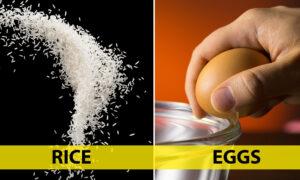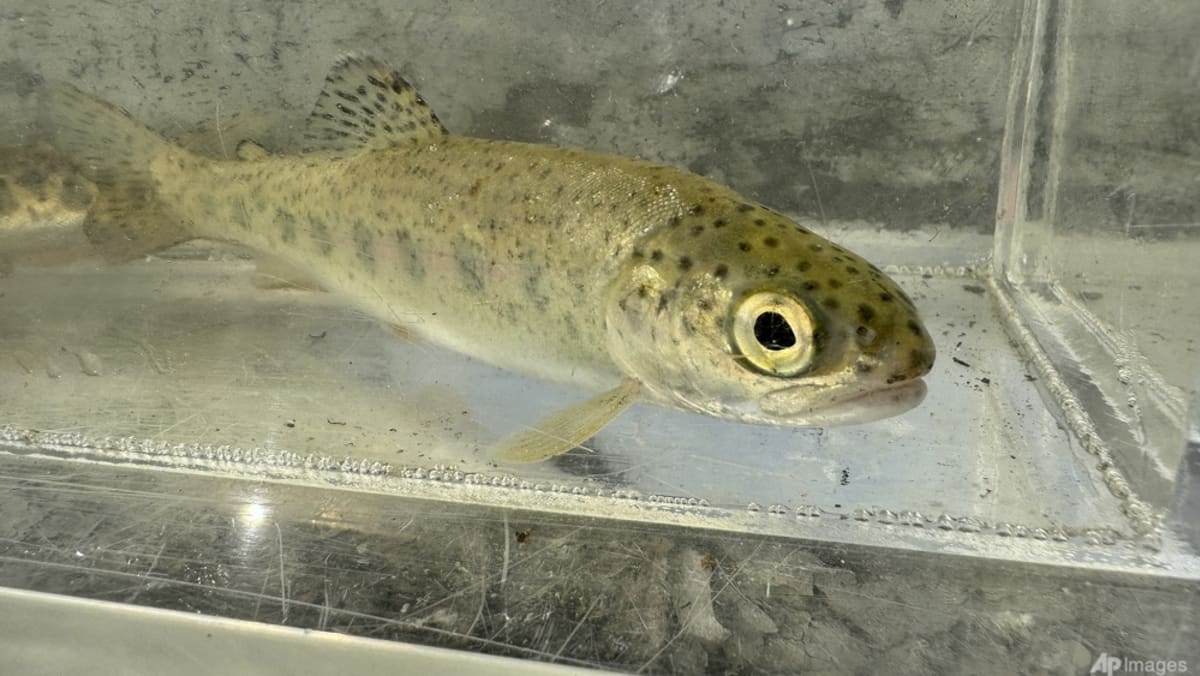This empire of deceit is valued at a staggering $50 billion a year.
Commentary
The bustling industry of food fraud, a veritable empire of deceit is valued at a staggering $50 billion a year.
It’s a world where honey laundering and gel-injected prawns are the norm, and olive oil’s authenticity is as murky as a mobster’s morals.
In Australia, the economy bleeds a whopping $3 billion annually, being victim to culinary crimes involving the likes of veal, wine, fish, and molluscs. These aren’t just foodstuffs; they’re high-stakes commodities in the underhand market of munchables, where every shrimp and shiraz is a potential fake.
As the tangled food and beverage supply chain stretches ever global, it’s buffet season for the fraudsters. The geopolitical and environmental pressures cook up a perfect storm, making raw ingredients as scarce as honest labels.
Seafood Is the Most Likely Imposter
Seafood swims in troubled waters indeed.
China faces a swelling tide of adulterated prawns—plumped up not with pride but with gelatinous chemicals.
These aquatic imposters, dressed in deceptive hues, fetch a hefty sum by tipping the scales, literally, toward higher profits. But beware, the feast is foul, as these jellied jesters may well unleash a saga of gastrointestinal grievances.
And it doesn’t stop at prawns. The world of caviar is rife with deception, spanning the globe in a lavish masquerade of mislabelled indulgence.
China again takes the spotlight with roasted fish fillets that boast a baffling 75 percent mislabelling rate, where diners gamble with the likes of toxic pufferfish disguised as dinner.
The mischief extends even to the seemingly serene sushi bars of Lima, Peru, where the art of sushi and sashimi conceals a sordid story of swapped species, detected only by the sharp sleuthing of DNA barcoding.
The Dairy Dilemma
Then there’s the dairy dilemma.
The UK rings alarm bells over cheese—the high lord of dairy deception—while India, the titan of milk production, battles the blight of urea and tainted water in its milk.
It’s a global gala of the milked and the muddled, where not even the sacred sanctity of yogurt is spared from the skullduggery.
Sizzling under the sun, the olive groves of Europe suffer not just from heatwaves and droughts, but from a rampant black market in olive oil.
This slippery trade is thriving, churning out bottles of faux virgin and extra virgin olive oil so convincingly mislabelled they could win awards.
According to a rather distressed 2022 European Commission report, olive oil leads the league in Europe’s most duped.
The misadventure doesn’t stop there.
The Food Authenticity Network’s 2022 lineup of the most adulterated edibles reads like a menu of mischief: seafood leading the charge, followed closely by the meaty deceit of poultry, the creamy cons of dairy, the seasoned lies of herbs and spices, and the spirituous bamboozles of alcoholic beverages.
A 2019 survey paints a grim picture of the feast of fraudulence: over a third of food processors in the U.S. and Canada, and slightly fewer internationally, wring their hands over economically motivated adulteration.
Adulterants lurk in spices, seafood, and beverages. Even the wholesome sectors of dairy, fruits, vegetables, and grains aren’t spared, with spectres of scandals like China’s melamine milk horror showing just how dangerous this game can get.
7 Sinister Varieties
Food fraud presents itself in seven sinister varieties: from the outright horrors of adulteration—where anything from non-food-grade nasties to outright toxins find their way into food—to the more cunning acts of tampering and mislabelling.
Not to mention the devious practices of over-run production, the audacious theft of legitimately produced goods, the shady diversion of products intended for one market to another, and the outright gall of counterfeiters and simulators, crafting near-perfect replicas or shoddy knock-offs that hoodwink the unwary consumer.
Food fraud is not new. It’s been around since the days when medieval England first decreed it rather unsporting to dilute one’s wine with water or to give pepper a gritty boost with a dash of ash.
Back in 1784, the United States took up the gauntlet, setting out food laws to shield the populace from the likes of charlatans peddling alchemy-spiked tonics and miraculous elixirs. By the 19th century, its FDA had entered the fray, a knight in regulatory armour against the snake oil salesmen of the day.
How to Avoid Food Fraud
So, what does one do to avoid such deceitful seasoning in their supper? The only foolproof recipe for honesty is honest food chains.
Alas, in this global pantry of ours, such purity is a rare ingredient.
The savvy consumer might best resort to purchasing from trusted local vendors, for the shorter the supply chain, the fewer the chances for mischief.
One needs to be vigilant. Keep a keen eye out for tampered packaging, suspiciously altered use-by dates, and high-value delicacies offered at suspiciously low prices. In the great banquet of life, it pays to be a suspicious gourmet, lest one inadvertently sups upon more than one bargained for.
Views expressed in this article are opinions of the author and do not necessarily reflect the views of The Epoch Times.














 English (US) ·
English (US) ·  Turkish (TR) ·
Turkish (TR) ·